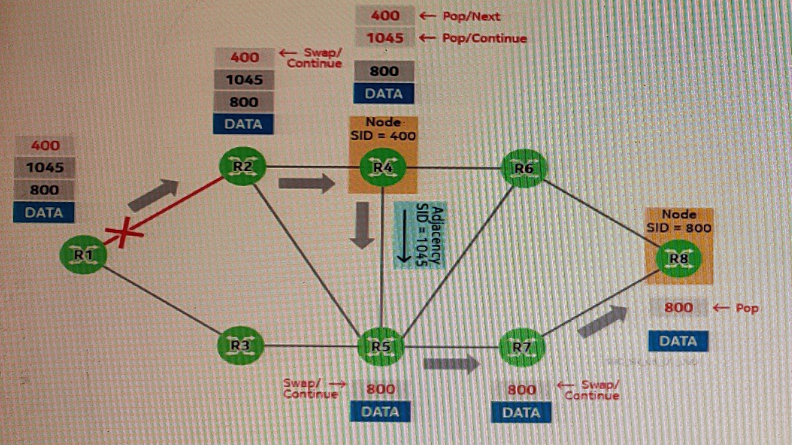At ValidExamDumps, we consistently monitor updates to the Nokia 4A0-116 exam questions by Nokia. Whenever our team identifies changes in the exam questions,exam objectives, exam focus areas or in exam requirements, We immediately update our exam questions for both PDF and online practice exams. This commitment ensures our customers always have access to the most current and accurate questions. By preparing with these actual questions, our customers can successfully pass the Nokia Segment Routing exam on their first attempt without needing additional materials or study guides.
Other certification materials providers often include outdated or removed questions by Nokia in their Nokia 4A0-116 exam. These outdated questions lead to customers failing their Nokia Segment Routing exam. In contrast, we ensure our questions bank includes only precise and up-to-date questions, guaranteeing their presence in your actual exam. Our main priority is your success in the Nokia 4A0-116 exam, not profiting from selling obsolete exam questions in PDF or Online Practice Test.
The exhibit presents packets being transmitted inside an LSP's multi-segment primary path going from router R1 to router R8. The LSP also has a standby secondary path, and Seamless-BFD has been enabled on the primary path. The link between routers R1 and R2 fails, and fast re-route (FRR) is triggered. As a result, router R1 forwards the packets to router R3 and adds the proper FRR encapsulation to reach which router?

OSPF type-10 Opaque LSAs can carry different types of advertisements. What type of advertisement carries a router's local 5RGB information?
This type of advertisement carries a router's local SRGB information, which is used to distribute information about the local SID allocation range
OSPF is being used for segment routing with traffic-engineering (SR-TE). The traffic-engineering option has been set to "sr-te false". Which of the following statements is TRUE?
When using Segment Routing with Traffic Engineering (SR-TE) in OSPF, the TE information is advertised using extended-link opaque LSAs. The option 'sr-te false' indicates that OSPF will not advertise the TE information in the OSPF database, thus the routers will not be aware of the TE information.
For any of the LFA methods to work properly, there must be a router in the backup path that will forward traffic addressed to the destination without sending it back to the source. Which of the following statements describes the way R-LFA selects such a router?

R-LFA (Remote Loop-Free Alternate) is a method that can select either an immediate neighbor or a remote router to be used as a backup next hop, as long as the backup path coincides with the path that will become active after IGP reconvergence.
Which of the following steps is NOT required when configuring IS-IS to support Segment Routing?
Enable interfaces used for Segment Routing under: This step is not required, enabling interfaces used for Segment Routing is not necessary as the IS-IS protocol already takes care of the flooding of the routing information.